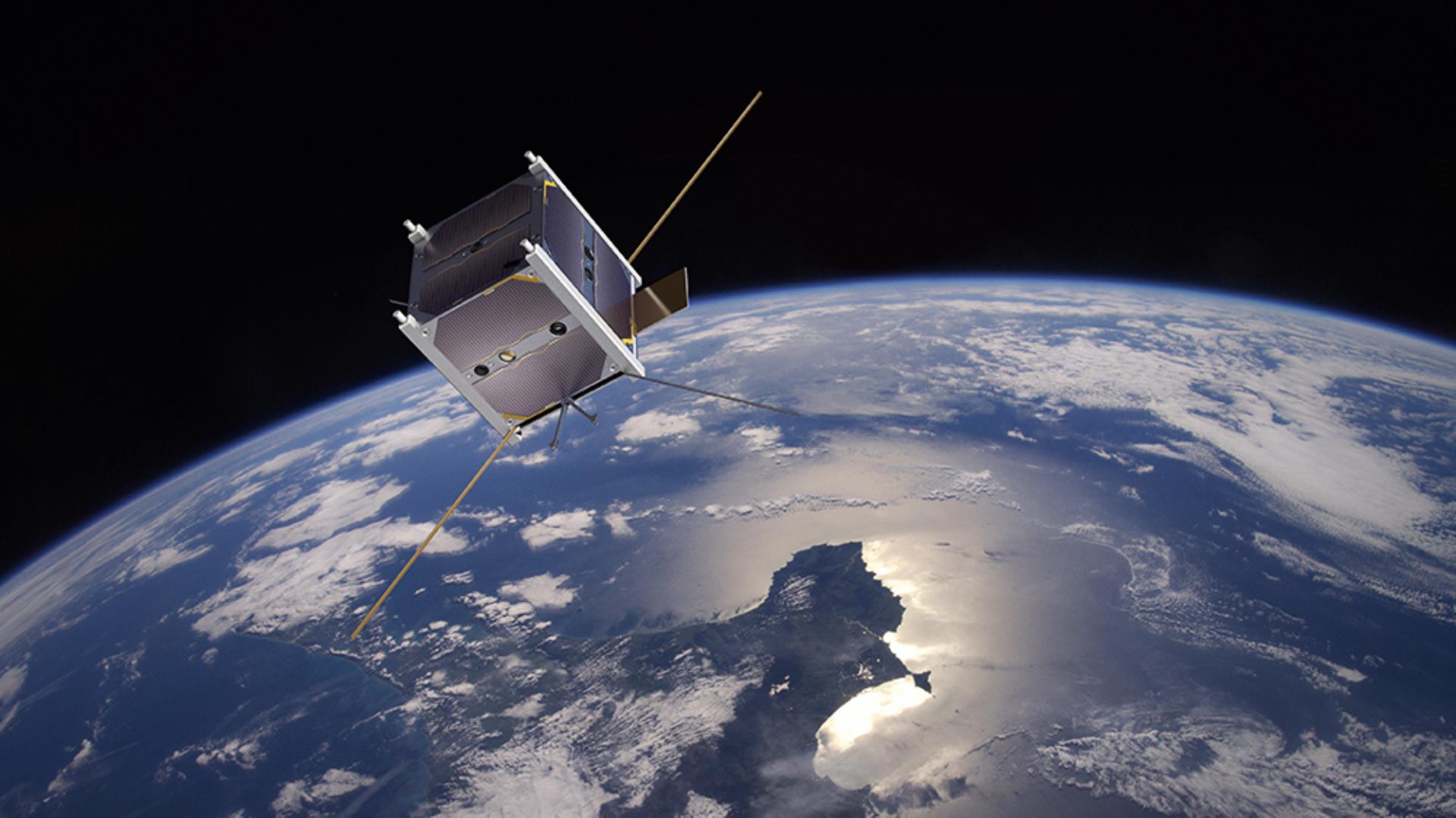08. rujna 2015. |
od 10:15 do 12:15 |
A102, Predavaonica |
1st Presentation (10:15 – 11:15)
Hardware and software used in skCube satellite
Juraj Slačka, PhD., Institute of cybernetics and robotics and Institute of automotive mechatronics from University of technology in Bratislava, Slovakia
of the presentation:
In the beginning of the seminar a small introduction to the project skCube (www.skcube.sk/en) will be made. Then the main focus will be on hardware design of onboard computer and techniques we used to provide robust and reliable computer system, which will be able to withstand increased radiation from space. For the needs of skCube mission a complete RTOS (Real Time Operating System) was build from scratch. This operating system incorporates several techniques, which are used to improve reliability of the software and to protect the applications from single upset events caused by radiation like bit flips. All the software in skCube is designed with safety critical standards (like MISRA, etc.) in mind. In the end of the seminar I will briefly introduce our other projects like High altitude stratospheric probe and ARDEA rocket powered by hybrid rocket engine.
Speaker biography:
Juraj Slačka recieved his Msc. and PhD. degrees from the Slovak University of Technology, Faculty of Electrical Engineering and information technology. Currently he is working in the department of Cybernetics and Robotics as a researcher. Juraj Slačka is also a member of non profit organization called SOSA – Slovak Organization for Space Activates. He is a member of technical team in this organization, and is currently working on two technical projects – First Slovak satellite skCube and High altitude Stratospheric probe. He is also helping with third project called ARDEA, which main goal is to develop rocket powered by hybrid rocket engine. Contact data: xslacka@stuba.sk .
2nd Presentation (11:15 – 12:15)
Classical and Modern Control Methods Applied to Hydraulic System
Pavol Bisták, PhD., Institute of cybernetics and robotics and Institute of automotive mechatronics from University of technology in Bratislava, Slovakia
of the presentation:
The presentation consists of two main parts: classical control structures with their modifications and modern control methods both applied to the hydraulic system represented by coupled tanks.
First, a new approach in classical control is represented by the design of a two-degree-of-freedom controller for a first-order nonlinear plant with time-delays. In comparison with traditional methods (gain scheduling, exact linearization, generalized transfer functions for nonlinear systems, etc.) the advantage of the proposed solution consists in a simple and modular controller design that can be used for a broad class of nonlinear systems. The overall design and the resulting performance of the proposed model reference control of nonlinear time-delayed systems will be documented by an example of a one-tank liquid level control in a real hydraulic plant. Starting from a basic P controller, its structure is gradually extended by a model reference control and finally by a nonlinear disturbance observer taking into account both the filtration of noisy signals and the time-delays always present in control circuits.
Later, a similar approach to the control design for a second-order nonlinear plant with time-delays is applied. Here starting from a pole-assignment PD controller for the double-integrator plant generalized for a constrained control and equipped by a gain scheduling to respect the nonlinear plant dynamics, its structure is again gradually extended by a model reference control and finally, by a nonlinear disturbance observer. This time by using an example of a two-tank liquid level control in a hydraulic plant, performance of the resulting two-degree-of-freedom model reference control of nonlinear time-delayed systems with an integral (I) action will be evaluated by standard criterions.
Finally one of the modern control methods is presented. It discusses the problem of applying the theoretical solution to the trajectory tracking problem, which is based on the feedback linearization techniques, in practice. It is shown that the theoretical solution is not robust under parameter or model uncertainties, and additional control loop is necessary. The respective modifications are proposed, and the results are demonstrated on the real laboratory system of coupled tanks.
Speaker biography:
Pavol Bisták received his degrees (M.S. and Ph.D.) from the University of Technology in Bratislava, both from the Faculty of Electrical Engineering and Information Technology in study fields Robotics and Automation and Control. He works at the same faculty as an assistant professor from the year 1992. Currently he is with the Institute of Automotive Mechatronics. His main research area is Control Theory. He is focused on the development of time optimal and suboptimal control algorithms for dynamical systems with input saturations. He also cooperates with his colleagues in the field of nonlinear control systems based on differential algebra approach. He is also active in area of control education where he concentrates on virtual and remote laboratories development. Contact data: STU FEI Bratislava, Ilkovicova 3, 812 19 Bratislava, e-mail: pavol.bistak@stuba.sk .

 Instagram
Instagram LinkedIn
LinkedIn YouTube
YouTube Facebook
Facebook Prijava na servise
Prijava na servise
